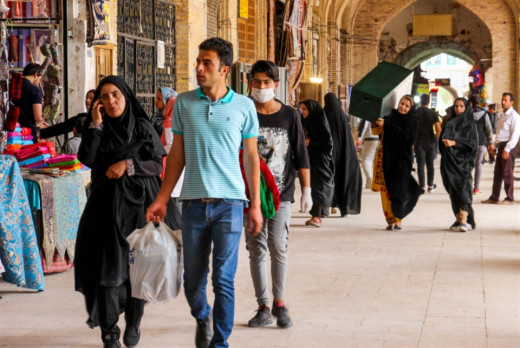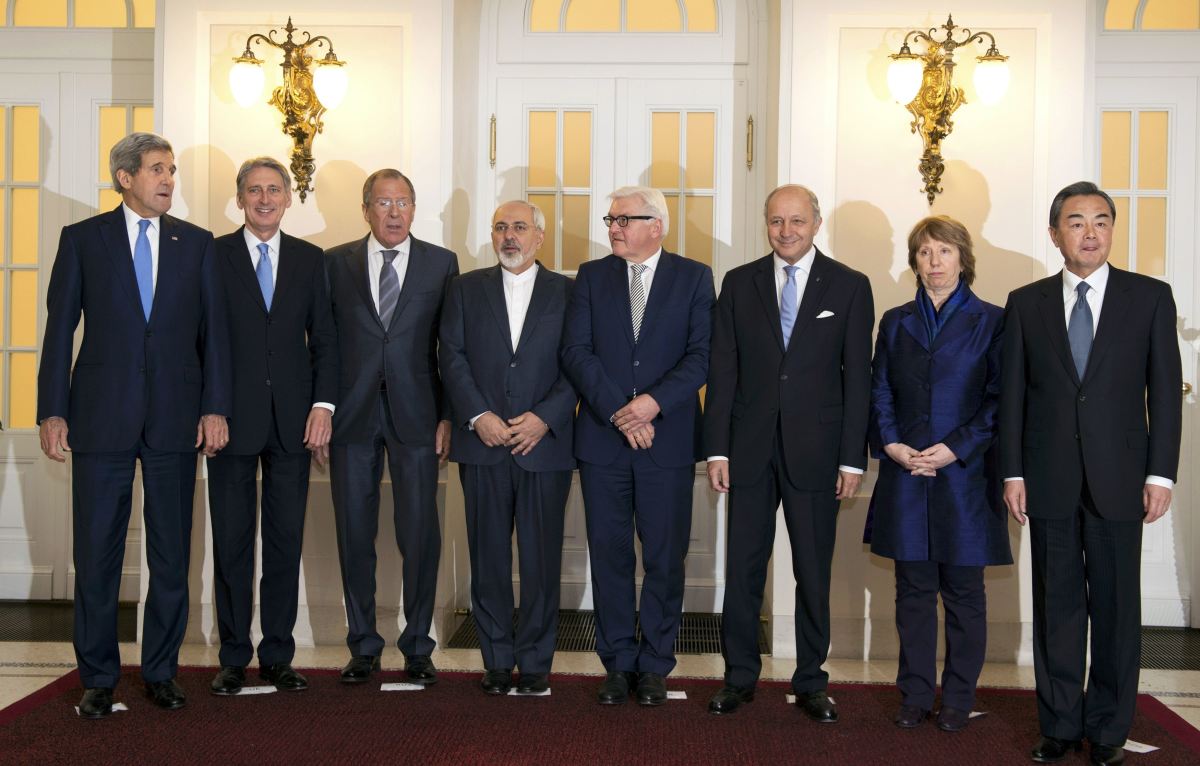Iran Abandons Comprehensive Closure: Will the "Smart Divergence" Strategy Succeed?
Although 89.4% of the Iranian people support the quarantine option for cities where the Corona virus has spread, this consensus, demonstrated by the latest opinion polls, has not been translated into the votes of parliamentarians who rejected, a few days ago, the law to disable the country for a month. Thus, the government of President Hassan Rouhani did not face any legal obstacles in the way of implementing the "smart social divergence" plan that I started to implement last Saturday morning, when work resumed according to the plan in some works, while maintaining the distance of social separation. In this regard, the Ministry of Health has defined 100 protocols for 10,000 professions.

Iran has launched a new path in its confrontation with the Corona virus and its economic consequences on the country, as it set out from the famous saying “the sheep does not die and the sheep do not die”, so that the plan of “smart social divergence” revolves the polar angles between health and the economy. Fall into the abyss?
The Iranian government's preference for the resumption of some economic activity in the country, at the expense of the quarantine option, came because of the "lack of access to a practical result from the quarantine decision," according to what the reformist politician Abbas Abdi expects in his article in the semi-governmental newspaper "Shahround". Earlier, President Rouhani justified his government's departure in this direction by saying that "the life and livelihood and work of the weak segment of society and the future of our children are as important and priority, just as their health is." Likewise, the secretary of the Iranian Supreme Council for National Security Ali Shamkhani considered that “the doctor and the worker are the main pillars of overcoming the crisis”, stressing the need not to stop at the polarity of “economy - health”, because the interdependence of the two parties, according to his opinion, is the ideal model for crossing the pandemic. With minimal damage.
In the latest damage statistics, Economy Minister Farhad Dahsand explained that Iran's losses due to the epidemic are estimated at 15% of the gross domestic product. The deputy governor of Tehran for Economic Affairs, Mohammad Imami, also announced that 34,000 people have lost their jobs in the capital since the disease began. At the country level, government spokesman Ali Rabei asserts that four million Iranians are at risk of losing their jobs in the crisis.
Based on these figures, Iranian researcher Emad Abasnas believes that "the Iranian economy cannot bear the burdens of disrupting the country for a long time, especially in light of the inability to predict the length of time that must be awaited to detect a drug or a cure for this disease." On this basis, Aphasnas notes, in an interview with Al-Akhbar that “Iran could face economic collapse if its government did not take this decision”, because the government “does not allow economic conditions to cover the consequences of closing the business,” which led it to “ Grab the stick from the middle, in order to enable people to cover their costs and secure their health with each other. ” For his part, the Iranian writer Ali Tajir Niya agreed with the reasons for the government's approval of this plan, adding in the editorial of the economic newspaper “Jahan Sanat” that “the strikes caused by Corona, especially in the services sector, which mainly represents 50% of the country's economic circulation” "Which will be done mainly by people and the private sector, will deal a severe blow to the country's economy."
It is worth noting that the scenes of crowding that crowd the Iranian streets, despite the start of the implementation of the plan, open the way for questioning the feasibility of "smart social divergence" and its applicability. This is something that Shamkhani asserted of the country's ability to implement, as "over the past several years I have learned the art of life under pain of crisis." He points out that the approval of Supreme Leader Ali Khamenei "to withdraw an amount from the National Development Fund is considered a safe way to pass this path."
On the other hand, legal expert, Nemat Ahmadi, expects "the government's inability to besiege the epidemic and keep the economic wheel going at the same time," noting in his article in the economic newspaper "Jahan Sanat", that "these two goals are contradictory." This was agreed with the journalist, Siawish Kaveni, who stated in an article in the fundamentalist newspaper, "Siest Rose", that "removing the minimum restrictions will increase the time of the virus in Iran." The fundamentalist newspaper "Kayhan" considered that "taking a decision that 50% of workers must be present in their workplaces is a sufficient reason to cause traffic and traffic congestion." But Aphasnas told Al-Akhbar, commenting on these warnings, that "avoiding death because of corona will put people before death from starvation," which places "part of the burden of anti-corona on the shoulders of people, who must observe special health instructions." This, according to the diagnosis of the head of the "Social and Cultural Committee" in the Tehran City Council, Mohammad Javad Haq Shanas, in an article in the reformist newspaper "Starh Subh" that makes the Iranian people alone bear the economic and social consequences resulting from this stage, and it alone bears the heavy burden of the resistance economy throughout the years of sanctions.
The Ministry of Health has defined 100 protocols for 10,000 professions
The health and economic consequences of the plan, although its details are difficult to predict accurately, but it can be approached in light of five scenarios issued in this regard by several Iranian institutions. The fourth scenario presented by the spokesperson for Rouhani Karmi’s Office for Scientific Affairs, indicates that the average level of government intervention by imposing measures such as social separation, disrupting schools and universities, canceling cultural, social, and sports activities and restricting the movement and frequency of individuals, will reduce deaths to approximately 11 A thousand people.
As for the three scenarios in which the "Sharif University of Technology" came out, according to which the plan revolves around the second (worst) scenario, which says that "the commitment of only 50% of people to the guidelines, including limiting movement, means not fully controlling the spread of the virus, and this It will eventually result in 300,000 injuries and 110,000 deaths. ”
On the economic front, the economic damages that Iran will suffer after implementing the plan may fluctuate between the realistic and pessimistic scenario that was issued by the Isfahan Chamber of Commerce. The latter speculated that the losses in the realistic scenario would reach 429 thousand and 207 billion tomans, while it was likely that the losses in the pessimistic scenario would reach 542 thousand and 818 billion tomans, knowing that one dollar equals 4200 tomans at the government price, while 16200 is at the market price.








